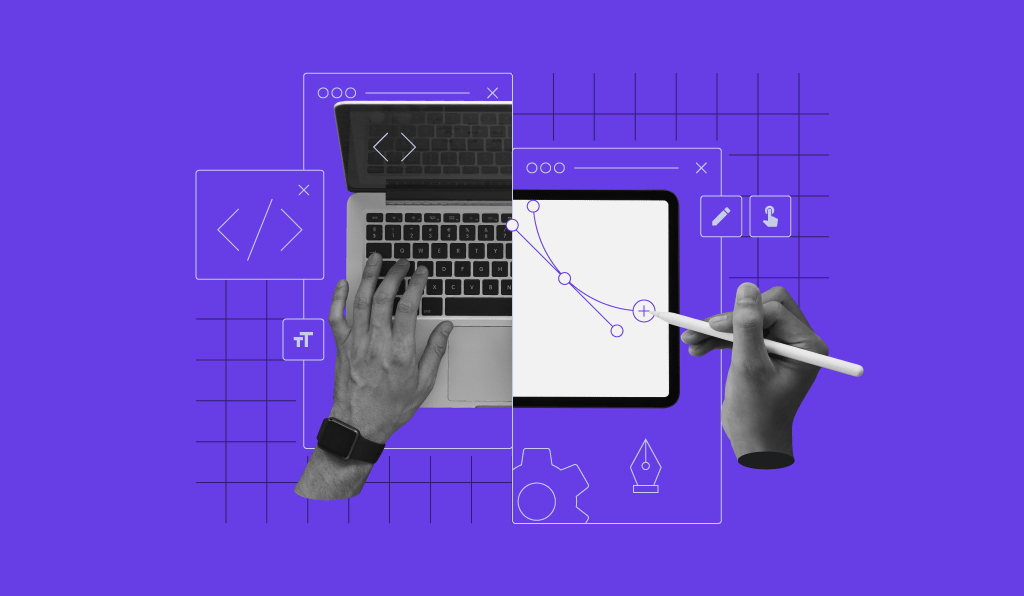Untangling the Complexities of Receptive Website Design and Its Effect on Ease Of Access and Functionality Across Numerous Devices
Receptive internet style (RWD) has arised as a basic method in developing electronic experiences that are both available and useful throughout varied tools. By incorporating methods such as fluid grids and CSS media questions, RWD not only improves individual involvement yet also addresses essential accessibility worries for individuals with specials needs.
Recognizing Responsive Web Design
Receptive website design personifies the concept of flexibility, guaranteeing that web sites supply an optimum viewing experience across a range of tools and display dimensions. This technique uses versatile grids, layouts, and photos, enabling the material to dynamically change based on the customer's gadget. The increase of mobile net use has actually made responsive style not simply a pattern, however a need for modern-day web growth.
At its core, receptive website design stresses fluidness and scalability. By utilizing CSS media questions, developers can tailor designs to varying display measurements, making certain that message continues to be understandable and images are presented suitably. This technique fits the varied range of devices, from mobile phones to huge desktop displays, facilitating seamless navigation and communication.
Furthermore, responsive internet layout enhances individual engagement by reducing the need for too much zooming or horizontal scrolling, which can detract from the individual experience. By focusing on ease of access, organizations can reach a wider audience, ensuring that all users, despite device, can access material efficiently. Eventually, recognizing responsive internet layout is essential for producing web sites that are not only visually appealing yet likewise useful and easy to use across diverse systems.

Key Concepts of RWD
Emphasizing flexibility and user-centric style, the essential principles of responsive web design (RWD) focus on developing a smooth experience despite the tool being made use of. One essential principle is fluid grids, which use family member devices like percents as opposed to repaired dimensions. This technique makes certain that layout components adjust proportionally to differing display sizes, preserving visual comprehensibility.
One more important concept is versatile pictures and media, which resize within their consisting of components. web design Johannesburg. By utilizing CSS methods such as max-width, designers can stop images from surpassing their parent containers, making certain that visuals continue to be sharp and suitably scaled across tools
In addition, media queries play a pivotal role in RWD, allowing designers to use particular CSS designs based on the features of the gadget, such as width, orientation, and height. This ability enables customized experiences that boost functionality and engagement.
Furthermore, a mobile-first strategy is progressively favored, where designs focus on smaller sized screens and considerably enhance for larger tools. This principle not just maximizes efficiency yet additionally deals with the expanding frequency of mobile surfing. Collectively, these concepts develop the backbone of receptive website design, promoting a user-friendly and versatile digital environment.

Effect on Access
The integration of receptive website design plays a vital role in improving availability for all individuals. By embracing an adaptable format that adjusts to differing display sizes and orientations, receptive design makes sure that web content continues to be readable and easily accessible despite the gadget made use of. This versatility is specifically considerable for people with specials needs, who might count on assistive modern technologies that function extra efficiently when content is structured responsively.
Moreover, responsive website design reduces the likelihood of concerns such as straight scrolling, which can prevent customers with motor impairments or aesthetic problems. By providing a consistent individual experience across devices, designers can focus on accessibility attributes such check as keyboard navigation and display reader compatibility, enabling a more comprehensive electronic setting.
In addition, search engines progressively favor responsive designs, which can boost presence for users seeking accessible content. Because of this, businesses and companies are urged to take on these practices not only to abide by access criteria but also to get to a more comprehensive audience. Inevitably, receptive web layout contributes in advertising fair accessibility to details and services throughout diverse user groups, thereby cultivating an inclusive digital landscape.
Capability Across Devices

In addition, the efficiency of internet applications can differ considerably throughout gadgets. Smart phone often have restricted handling power and slower net links, which can impact filling times and total customer experience. It is essential for developers to maximize pictures, scripts, and other sources to guarantee that performance stays reliable and constant, regardless of the device being utilized.
In addition, the useful content design and framework of material need to adapt fluidly to different display dimensions to keep usability. This flexibility not only improves individual engagement however likewise decreases frustration, ultimately bring about greater retention rates. In summary, focusing on capability throughout devices is necessary for developing a inclusive and reliable web presence that provides to the varied demands of customers.
Best Practices for Execution
Executing receptive website design successfully calls for a strategic technique that focuses on user experience and accessibility. To achieve this, start by taking on a mobile-first design ideology, which emphasizes producing an optimal experience for smaller screens prior to scaling approximately bigger gadgets. This method makes sure that necessary material is focused on and that attributes are perfectly integrated.
Following, use fluid grids and flexible layouts. Use loved one systems, such as percentages, rather than repaired systems like pixels - web design Johannesburg. This versatility permits web content to resize dynamically based upon the display's measurements, improving functionality throughout various gadgets
Additionally, integrate media questions to apply particular CSS rules based on the qualities of the gadget, such as resolution, height, and size. This targeted approach allows for customized experiences that accommodate the special capabilities of each gadget.
In addition, focus on availability by ensuring that all interactive components are easily accessible using touch or key-board. Execute semantic HTML to improve display viewers compatibility and maintain high comparison proportions for readability.
Final Thought
In conclusion, responsive web layout functions as a fundamental component in creating available and practical electronic experiences across diverse gadgets. By incorporating liquid grids, versatile pictures, and CSS media inquiries, responsive layout not just boosts customer engagement however additionally promotes equitable access to details for all people, consisting of those with disabilities. Complying with finest techniques in implementation guarantees that internet sites remain adaptable, inevitably fostering a more comprehensive digital setting that satisfies the differing requirements of individuals.
Responsive web design (RWD) has actually emerged as a fundamental method in producing digital experiences that are both useful and accessible throughout diverse tools.Receptive web layout symbolizes the concept of flexibility, making sure that sites offer an optimum viewing experience across a variety of gadgets and screen sizes.Stressing flexibility and user-centric style, the vital concepts of responsive web layout (RWD) rotate around developing a smooth experience no matter of the tool being utilized.Capability across tools is an essential Web Site factor to consider in internet design, as individuals engage with content via a range of systems, consisting of tablet computers, desktop computers, and smart devices.In conclusion, receptive web layout offers as a fundamental aspect in creating obtainable and practical electronic experiences across diverse devices.